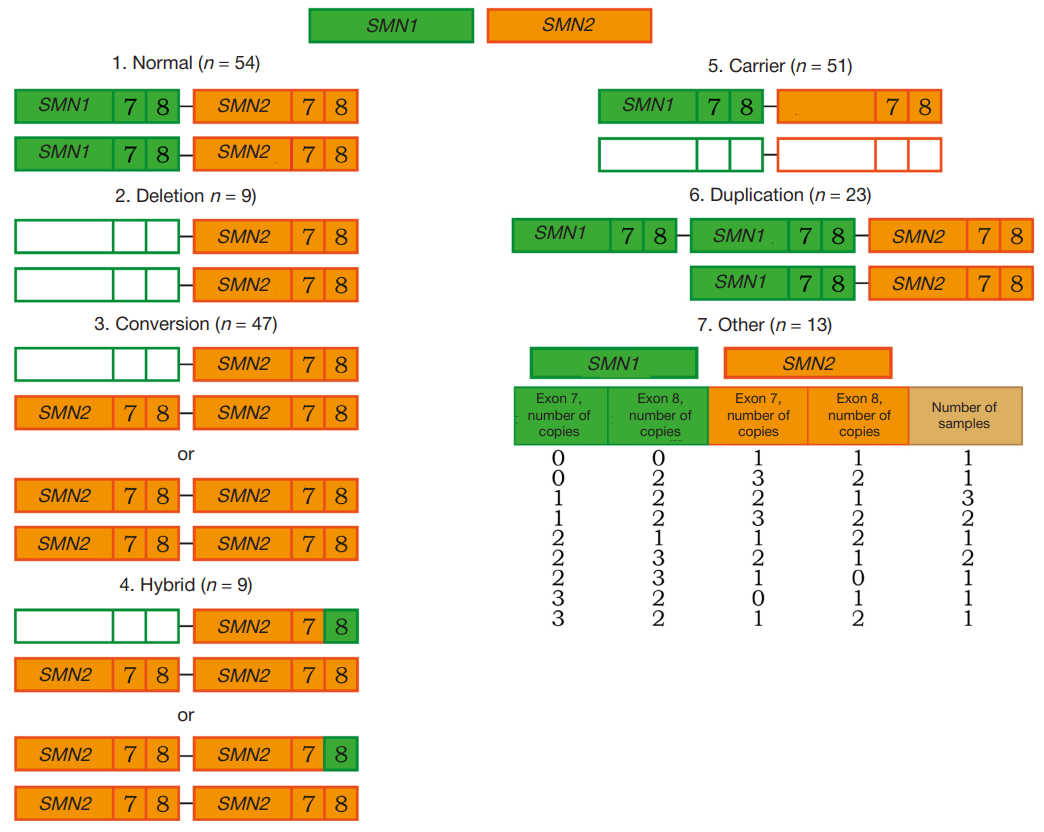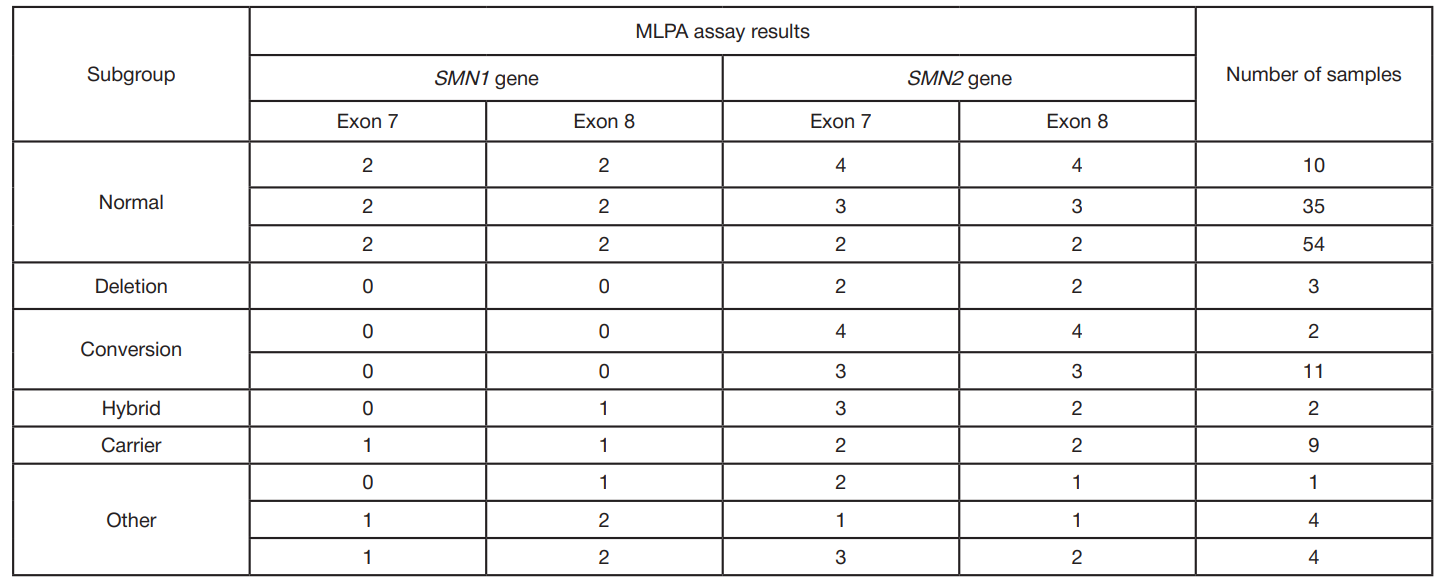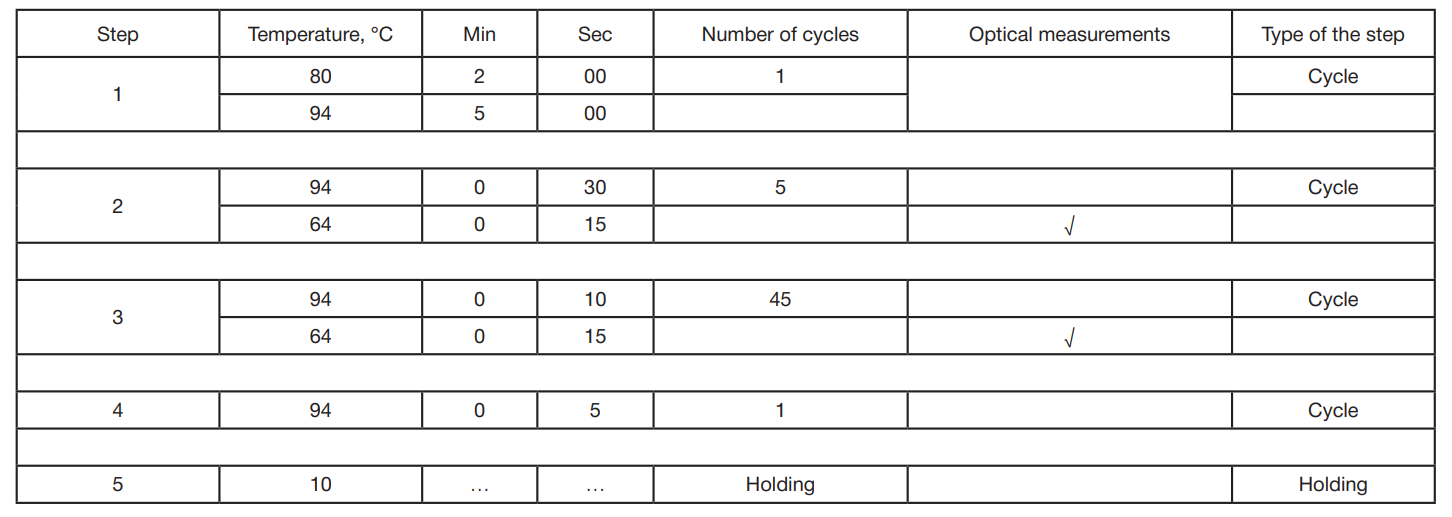
This article is an open access article distributed under the terms and conditions of the Creative Commons Attribution license (CC BY).
ORIGINAL RESEARCH
Detection of SMN1 loss with PCR-based screening test
1 Federal State Budgetary Educational Institution of Higher Education Academician I.P. Pavlov First St. Petersburg State Medical University of the Ministry of Healthcare of Russian Federation, Russia
2 DNA-Technology LLC, Moscow, Russia
Correspondence should be addressed: Carina C. Cherebillo
6/8, Lva Tolstogo, Saint-Petersburg, 197022, Russia: ur.liam@olliberehc.k
Funding: All tests was provided by DNA-Technology LLC.
Author contribution: Nazarov VD, Lapin SV — concept; Sidorenko DV, Devyatkina YA, Musonova AC — investigation; Petrova TV, Nikiforova AI, Ivanova AV — methodology; Nazarov VD, Cherebillo CC — wrining, original draft preparation; Cherebillo CC, Lapin SV, Petrova TV, Nikiforova AI, Ivanova AV — writing, review & editing.
Compliance with ethical standards: this study was approved by the local Ethics Committee of the Pavlov First Saint Petersburg State Medical University (№ 274 from 26.06.2023). Written informed consent was obtained from all participants or their parents. The 1975 Declaration of Helsinki was rigorously adhered to secure the rights of the patients.






